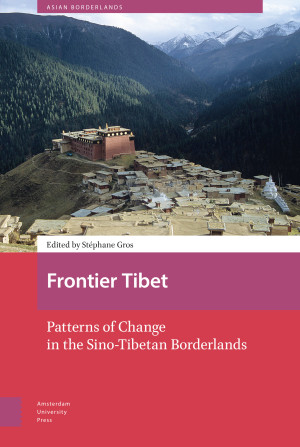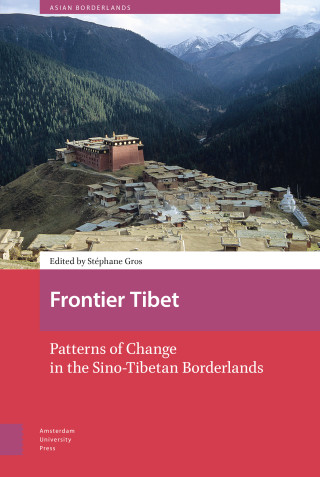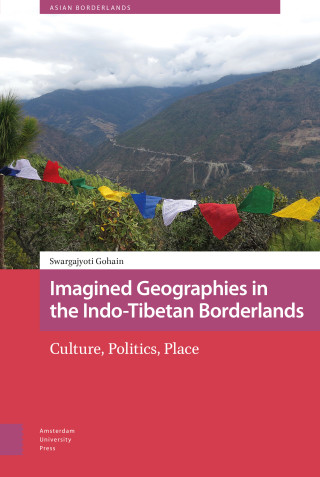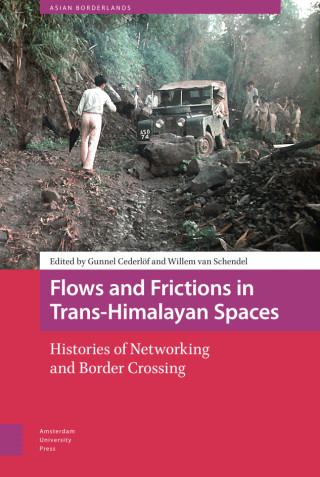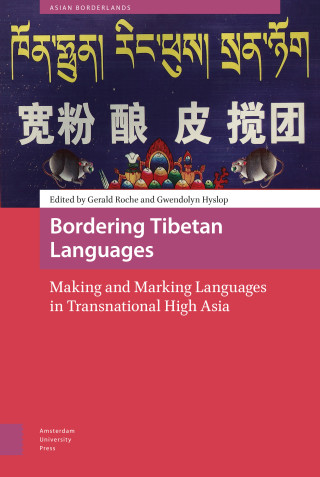Foreword and Acknowledgements
List of Illustrations
Chronology of Events
PART I: BORDERS INSIDE OUT
INTRODUCTION
1 Frontier (of) Experience: Introduction and Prolegomenon, by Stéphane Gros
2 The Increasing Visibility of the Tibetan 'Borderlands', by Katia Buffetrille
3 Boundaries of the Borderlands: Mapping Gyelthang, by Eric Mortensen
PART II: MODES OF EXPANSION AND FORMS OF CONTROL
INTRODUCTION
4 Trade, Territory and Missionary Connections in the Sino-Tibetan Borderlands, by John Bray
5 Settling Authority: Sichuanese Farmers in Early-Twentieth Century Eastern Tibet, by Scott Relyea
6 Wheat Dreams: Scientific Interventions at Chinese Model Farms in Kham, 1937-1949, by Mark Frank
7 The Origins of Disempowered Development in the Tibetan Borderlands, by C. Patterson Giersch
8 Pastoralists by Choice: Adaptations in Contemporary Pastoralism in Eastern Kham, by Gillian Tan
PART III: STRATEGIC BELONGINGS
INTRODUCTION
9 Money, Politics, and Local Identity: An Inside Look at the 'Diary' of a Twentieth Century Khampa Trader, by Lucia Galli
10 The Dispute Between Sichuan and Xikang over the Tibetan Kingdom of Trokyap (1930s?1940s), by Fabienne Jagou
11 Rise of a Political Strongman in Dergé in the Early-Twentieth Century: A Story of Jagö Topden, by Yudru Tsomu
12 Harnessing the Power of the Khampa Elites: Political Persuasion and the Consolidation of Communist Party Rule in Gyelthang, by Dá¿a Mortensen
13 Return of the Good King: Kingship and Identity among Yushu Tibetans since 1951, by Maria Turek
14 Yachen as Process: Encampments, Nuns, and Spatial Politics in Post-Mao Kham, by Yasmin Cho
AFTERWORD, by Carole McGranahan
Index

